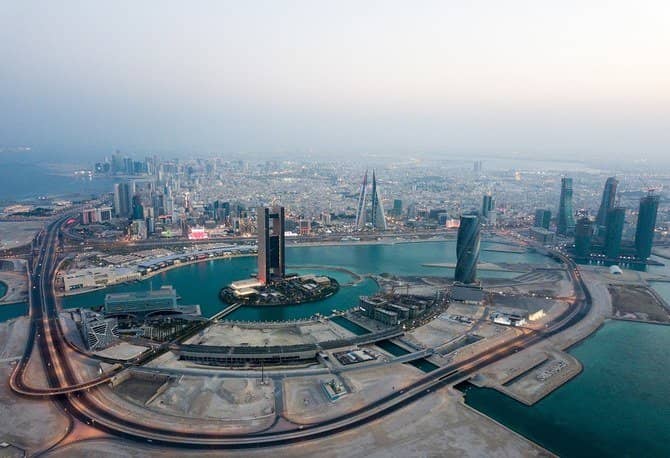In spite of the challenges caused by the COVID-19 pandemic. Bahrain’s real estate sector bounced back in the third and fourth quarter of 2020 to close the year with deals costing $1.9 billion (717.4 million Bahraini dinars).
Real estate transactions increased by 14 percent and 20 percent in the third and fourth quarters of 2020 respectively, Bahrain Economic Development Board (EDB) provided in a statement.
It provided that the cost of ongoing mixed-use major real estate projects, mainly Eagle Hills Marassi Al Bahrain, Diyar Al Muharraq, Dilmunia, and Bahrain Bay, were costed more than $12 billion.
The statement also provided that the National Real Estate plan for 2021-2024 is all set to further raise the sector’s contribution to the national economy as part of continued economic enhancement endeavors.
The plan contains five initiatives and 17 projects, containing laws and regulations, long-term plans, and operational initiatives for building the real estate sector, the statement provided.
EDB’s Executive Director – Investment Origination Ali Al Mudaifa described the bounce back as a “testament to the Kingdom’s dedication towards economic growth.”
“Seeing these projects come to life has been a rewarding experience and we are confident that Bahrain’s real estate sector will continue to grow in the coming years,” he said.
In December 2020, property consultancy Cavendish Maxwell provided in a report that the oversupply carries on to put pressure on residential and office sectors. Higher vacancy rates along with the completion of residential projects included in construction are factors increasingly pressuring landlords to pull in inhabitants, the report said. In the workplace space, it proceeded, certain pockets have shown indications of recuperation with rents either holding consistent or declining at a more slow speed. The report also noticed that retail projects, new and finished, were intended to line up with the rising popularity of e-commerce versus traditional retail.
